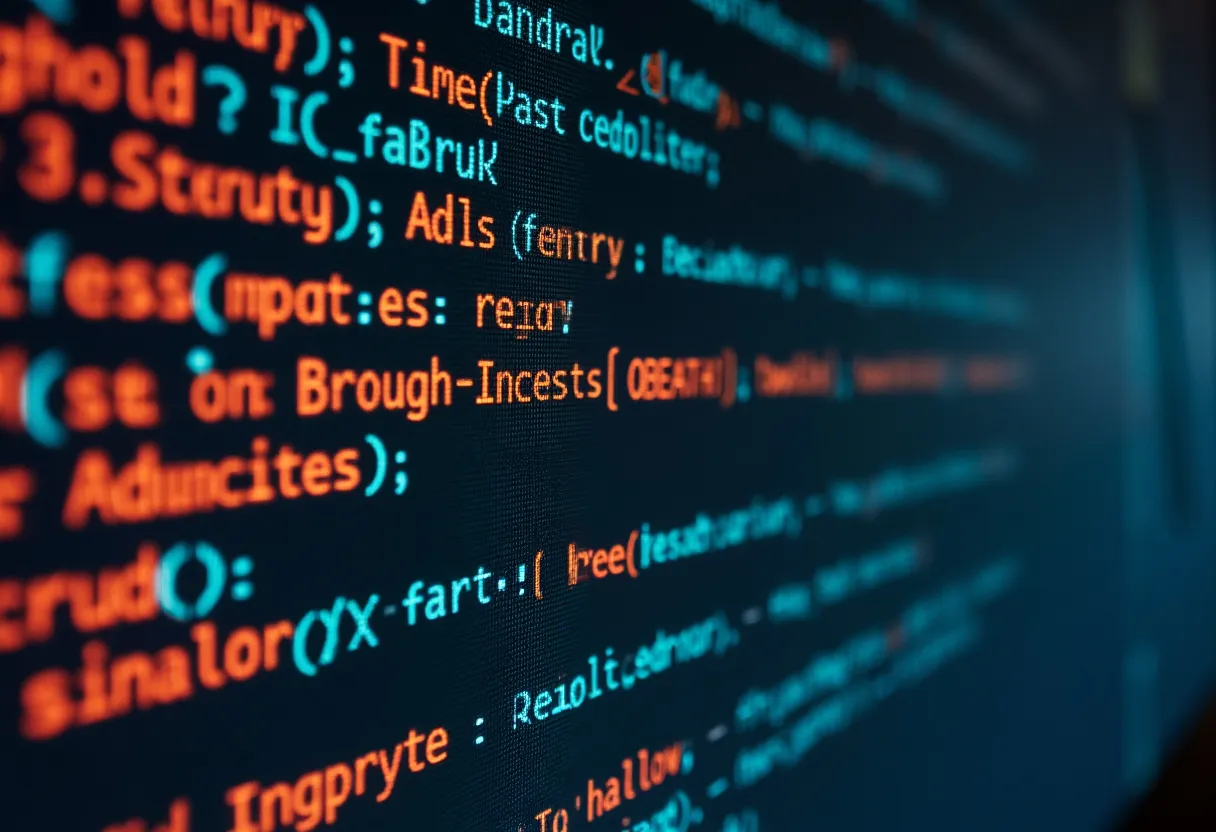Understanding the SEO Term “Last-Modified”
Definition
What is Last-Modified?
The “Last-Modified” term refers to the date and time when a webpage was last modified. This information is typically stored in the Last-Modified HTTP response header or the lastmod tag in XML sitemap files. It indicates to search engines, browsers, and other clients when the content of a webpage has been updated, helping in cache validation and efficient resource management.
How It Works
Function and Concept
The Last-Modified HTTP response header is sent by the origin server to inform browsers and search engines about the last modification date of a webpage. This helps in determining whether the content needs to be re-fetched or can be served from the cache.
In XML sitemaps, the lastmod tag serves a similar purpose, informing search engines about the last time the content of a webpage was modified, which can trigger re-crawling of the page.
Relevance in SEO
The lastmod tag in sitemaps helps search engines like Google to identify when a page has significant changes, prompting them to re-crawl and re-index the page. This ensures that the most recent version of the content is available in search results. For news articles and frequently updated content, using the lastmod tag can make the content appear more recent and attractive to users, potentially improving click-through rates (CTR).
Why It Matters
Importance in SEO
Accurate Last-Modified dates help search engines maintain up-to-date indexes of webpages, ensuring users see the most recent and relevant content. This is particularly crucial for news articles and dynamic content. It improves website performance by reducing unnecessary re-fetching of unchanged resources, thus optimizing bandwidth usage and server load. From a user experience perspective, it ensures that users are presented with the latest information, which can enhance trust and engagement with the website.
Impact on Rankings and User Experience
Using the lastmod tag correctly can influence how search engines display publication dates in search snippets, which can affect CTR and user perception of content freshness. Consistent and accurate use of Last-Modified dates can also contribute to better crawlability and indexing of the website, potentially improving overall search engine rankings.
Best Practices
When to Update the Last-Modified Date
The lastmod date should be updated whenever there are significant changes to the content that require re-crawling. This includes substantial updates, additions, or corrections to the primary content of the page. For minor changes like fixing spelling mistakes or adding internal links, updating the lastmod date is not strictly necessary but can be done if there are technical reasons for doing so.
Consistency with Structured Data
Ensure that the lastmod date in the sitemap aligns with any visible dates on the page and the structured data. This consistency helps search engines accurately determine the freshness of the content.
Using Last-Modified with Other HTTP Headers
The Last-Modified header can be used in conjunction with other headers like If-Modified-Since and Cache-Control to optimize caching and reduce unnecessary requests to the server.
Tools and Strategies
Use CMS settings or custom scripts to automatically update the lastmod date when significant changes are made to the content. Regularly review and update sitemaps to reflect the latest modification dates, especially for news and frequently updated content.
Related Terms
In addition to understanding the Last-Modified term, it’s useful to familiarize yourself with the following related concepts:
304 Not Modified
The 304 Not Modified HTTP status code is returned when a resource has not been modified since the last request, signaling the client to use its cached version of the resource.
If-Modified-Since
The If-Modified-Since HTTP header allows the client to conditionally request a resource, fetching it only if it has been modified since the specified date.
Last-Modified
As previously discussed, the Last-Modified header or lastmod tag indicates the last time the content of a webpage was updated.
ETag
An ETag (Entity Tag) is an HTTP header used for Web cache validation and conditional requests from browsers for resources. It acts as a unique identifier for a specific version of a resource.
HTTP Status Codes
HTTP status codes are standardized responses sent by servers to clients and indicate the result of a client’s request. Status codes like 200 (OK), 404 (Not Found), and 304 (Not Modified) inform the client about the success or failure of their request.
Cached Page
A cached page is a saved version of a webpage stored either by a browser or a server. The use of cached pages improves load times and reduces server load.
Expiration Date
The expiration date is used in HTTP header fields like Expires to specify a date and time when cached resources should be considered stale and request a new version from the server.
HTTP Headers
HTTP headers are key-value pairs sent between the client and server to provide metadata about the HTTP request or response. Headers like Content-Type, Last-Modified, and ETag play important roles in resource management and optimization.
Browser Cache
The browser cache is a temporary storage location on a user’s device for storing web documents like HTML pages and images. This helps improve site load times by reusing previously fetched resources.
Server Response Headers
Server response headers are part of the HTTP response sent by the server to the client. They carry important information about the resource being requested and the server itself, including details like Content-Type, Last-Modified, and ETag.
Conclusion
Understanding the Last-Modified term and its implementation is crucial for effective SEO and resource management. By accurately using Last-Modified dates, webmasters can ensure that their content remains current and relevant in search engine indexes. This not only optimizes website performance but also enhances user experience, promoting trust and engagement. Regularly updating the lastmod tag, maintaining consistency with structured data, and leveraging other HTTP headers are best practices that should be followed to make the most out of this valuable SEO tool.



